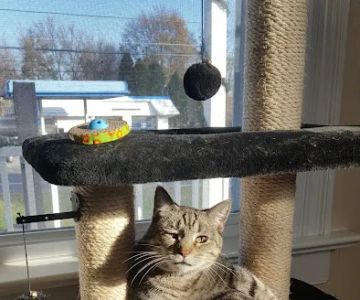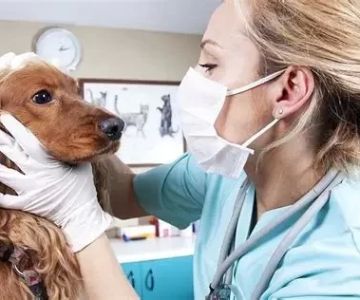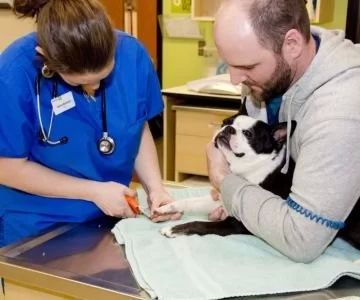- 1 - #understanding-pancreatitis - What Is Feline Pancreatitis and Why It Matters
- 2 - #recognizing-signs - How to Recognize the Early Signs of Pancreatitis in Cats
- 3 - #diagnosis-process - Diagnosis: How Veterinarians Confirm Pancreatitis
- 4 - #treatment-options - Treatment Options for Feline Pancreatitis
- 5 - #recovery-care - Recovery and At-Home Care for Cats
- 6 - #real-story - Real Story: How Luna Recovered from Severe Pancreatitis
- 7 - #prevention-tips - Prevention Tips to Support Long-Term Digestive Health
- 8 - #when-to-visit - When to Visit Hidden Brook Veterinary for Professional Help
What Is Feline Pancreatitis and Why It Matters
The pancreas and its role in feline health
The pancreas is a small but vital organ that produces digestive enzymes and hormones like insulin. When inflamed, it causes pancreatitis—a painful and potentially life-threatening condition. Understanding how to recognize and treat pet feline pancreatitis is key to keeping your cat healthy and comfortable.
Why it’s often overlooked
Pancreatitis can develop silently. Cats are experts at hiding discomfort, so by the time symptoms appear, the inflammation might already be severe. Early recognition and prompt veterinary care make a major difference in recovery outcomes.
How to Recognize the Early Signs of Pancreatitis in Cats
Subtle behavior changes to watch for
Cats with pancreatitis may show vague signs: loss of appetite, lethargy, or hiding more than usual. Vomiting, abdominal pain, and dehydration are also common indicators. Because these overlap with other illnesses, it’s easy for owners to overlook them at first.
Physical symptoms and warning signs
Watch for hunched posture, reluctance to move, or loud meowing when touched near the belly. Persistent vomiting or refusal to eat for over 24 hours is a red flag—seek immediate veterinary attention from Hidden Brook Veterinary to prevent complications.
Diagnosis: How Veterinarians Confirm Pancreatitis
Clinical evaluation
Diagnosing feline pancreatitis begins with a physical exam and discussion of recent behavior or diet changes. The vet will check hydration, abdominal sensitivity, and other organ health indicators.
Lab tests and imaging
Bloodwork helps measure pancreatic enzyme levels—especially feline pancreatic lipase immunoreactivity (fPLI). Ultrasound imaging can reveal inflammation or fluid buildup around the pancreas. In some cases, X-rays or further tests may rule out liver or intestinal diseases that mimic pancreatitis.
Treatment Options for Feline Pancreatitis
Stabilizing your cat first
Initial treatment focuses on hydration and pain relief. Cats are often hospitalized for IV fluids, anti-nausea medication, and appetite support. The goal is to rest the pancreas while maintaining nutrition and comfort.
Tailored long-term management
In chronic cases, dietary adjustments and anti-inflammatory medications help reduce flare-ups. Your veterinarian may recommend a low-fat, easily digestible food plan designed for sensitive digestion. Hidden Brook Veterinary provides specialized diets and monitoring to ensure a stable recovery.
Recovery and At-Home Care for Cats
Post-hospital monitoring
Once your cat returns home, continue to monitor appetite, hydration, and energy levels closely. Offer small, frequent meals and keep their environment calm and warm. Avoid sudden diet changes—gradual transitions protect the healing pancreas.
When to recheck
Follow-up visits are essential. Your vet will likely recheck enzyme levels and assess any signs of recurrence. If your cat relapses, early intervention keeps the condition manageable.
Real Story: How Luna Recovered from Severe Pancreatitis
A pet owner’s experience
When Luna, a five-year-old Siamese cat, stopped eating and hid for days, her owner thought it was stress. But after a quick call to Hidden Brook Veterinary, Luna was diagnosed with acute pancreatitis. She spent three days on IV fluids and medication before returning home with a new meal plan.
The turnaround
“Within a week, she was purring again,” her owner said. “We learned how fast cats can decline and how vital early care is.” Luna’s case underscores that recognizing and treating feline pancreatitis early can truly save lives.
Prevention Tips to Support Long-Term Digestive Health
Balanced nutrition and hydration
Feed high-quality, moderate-fat cat food and ensure consistent water intake. Cats on dry diets should have easy access to fresh water or a fountain to promote hydration. Sudden diet shifts or fatty treats can trigger flare-ups, so gradual changes are best.
Routine veterinary checkups
Annual or biannual exams with Hidden Brook Veterinary can catch subtle changes early. Regular blood tests, especially for senior cats, provide a clear picture of pancreatic health before symptoms arise.
When to Visit Hidden Brook Veterinary for Professional Help
Act fast when you notice symptoms
If your cat shows persistent vomiting, loss of appetite, or unusual fatigue, don’t wait. Pancreatitis can escalate quickly. Professional evaluation ensures accurate diagnosis and timely care.
Expert support for long-term management
Hidden Brook Veterinary specializes in feline digestive health and chronic condition management. Their team tailors recovery plans, nutrition advice, and follow-up care so your cat lives a comfortable, healthy life—even after pancreatitis.












